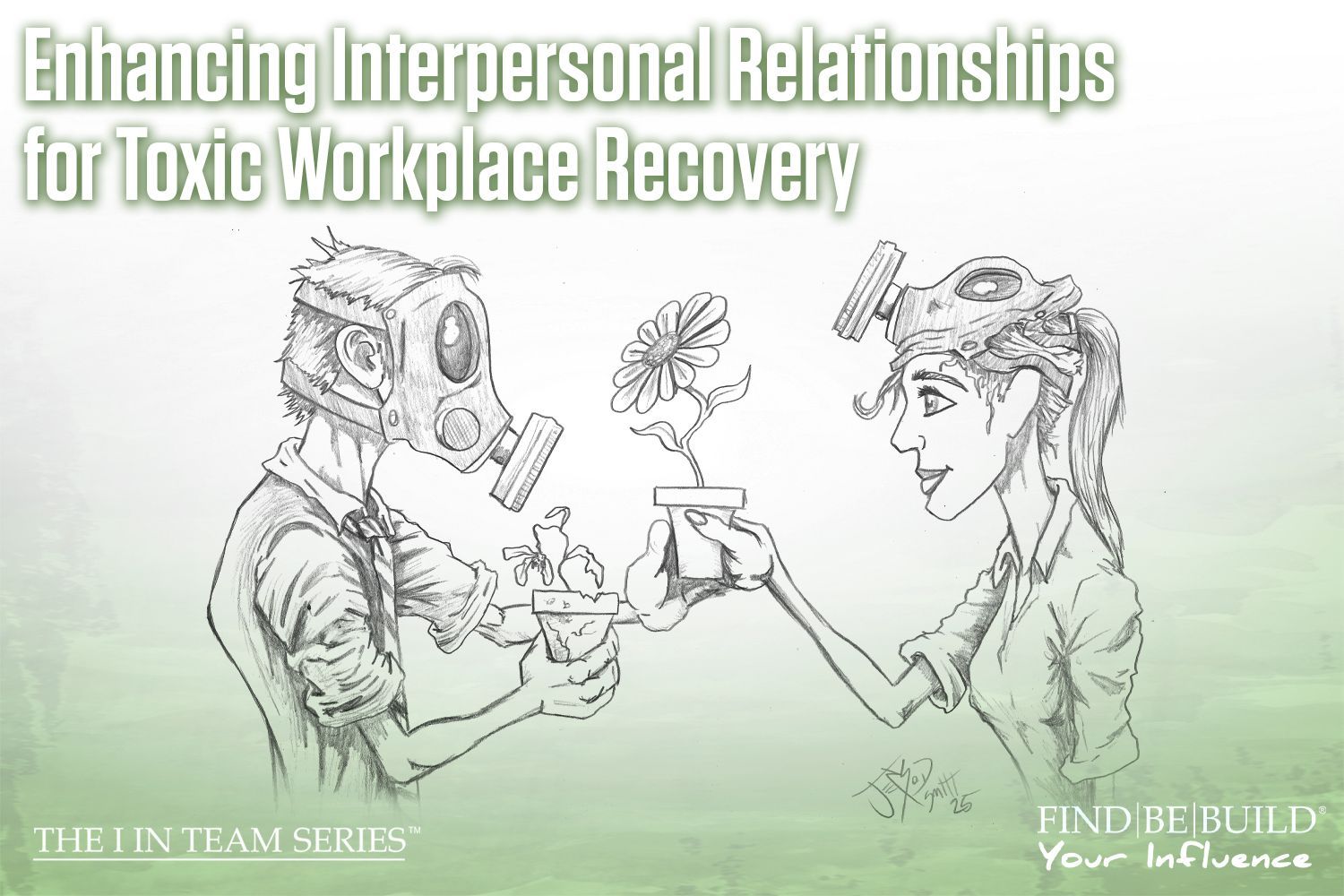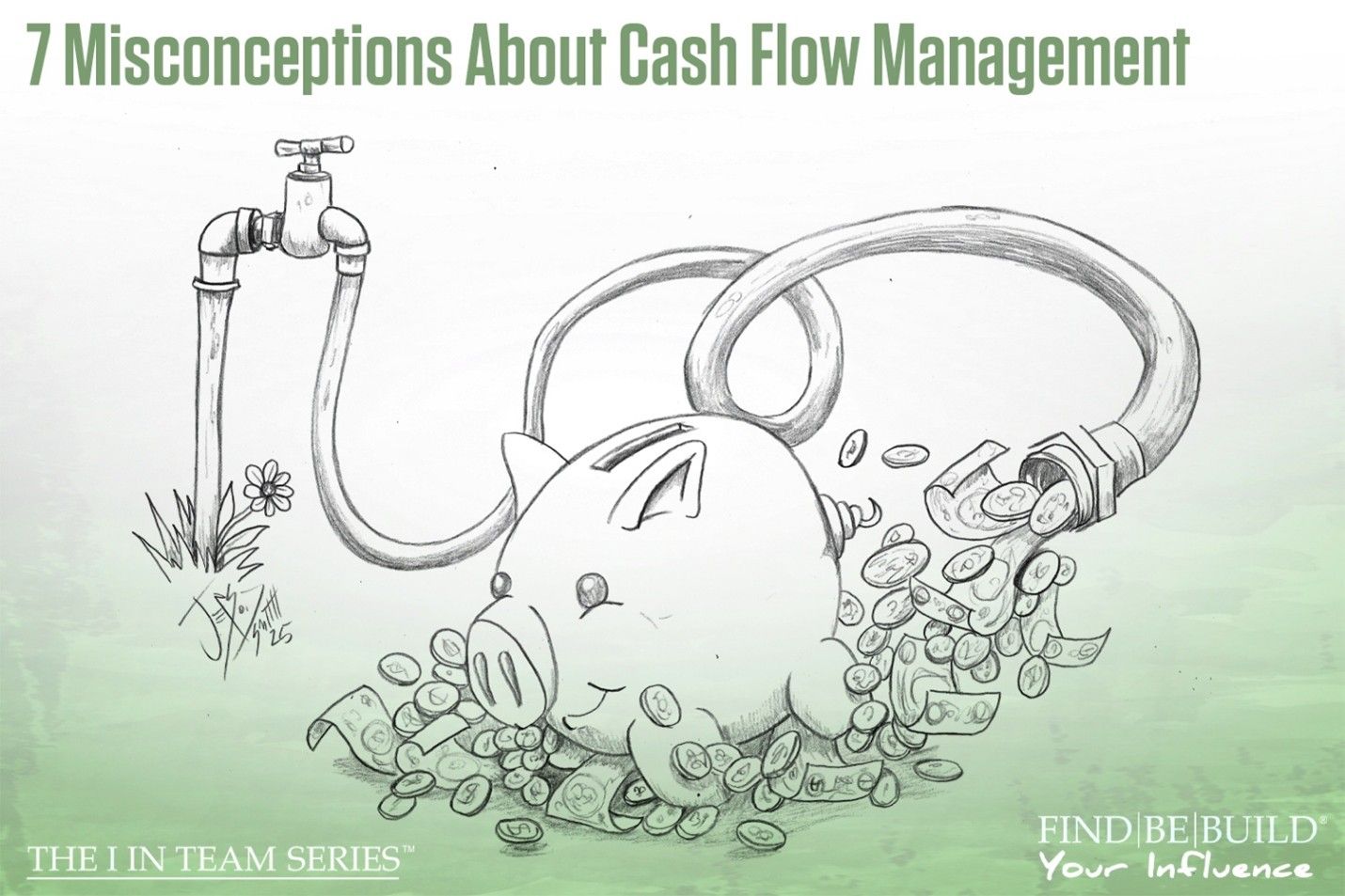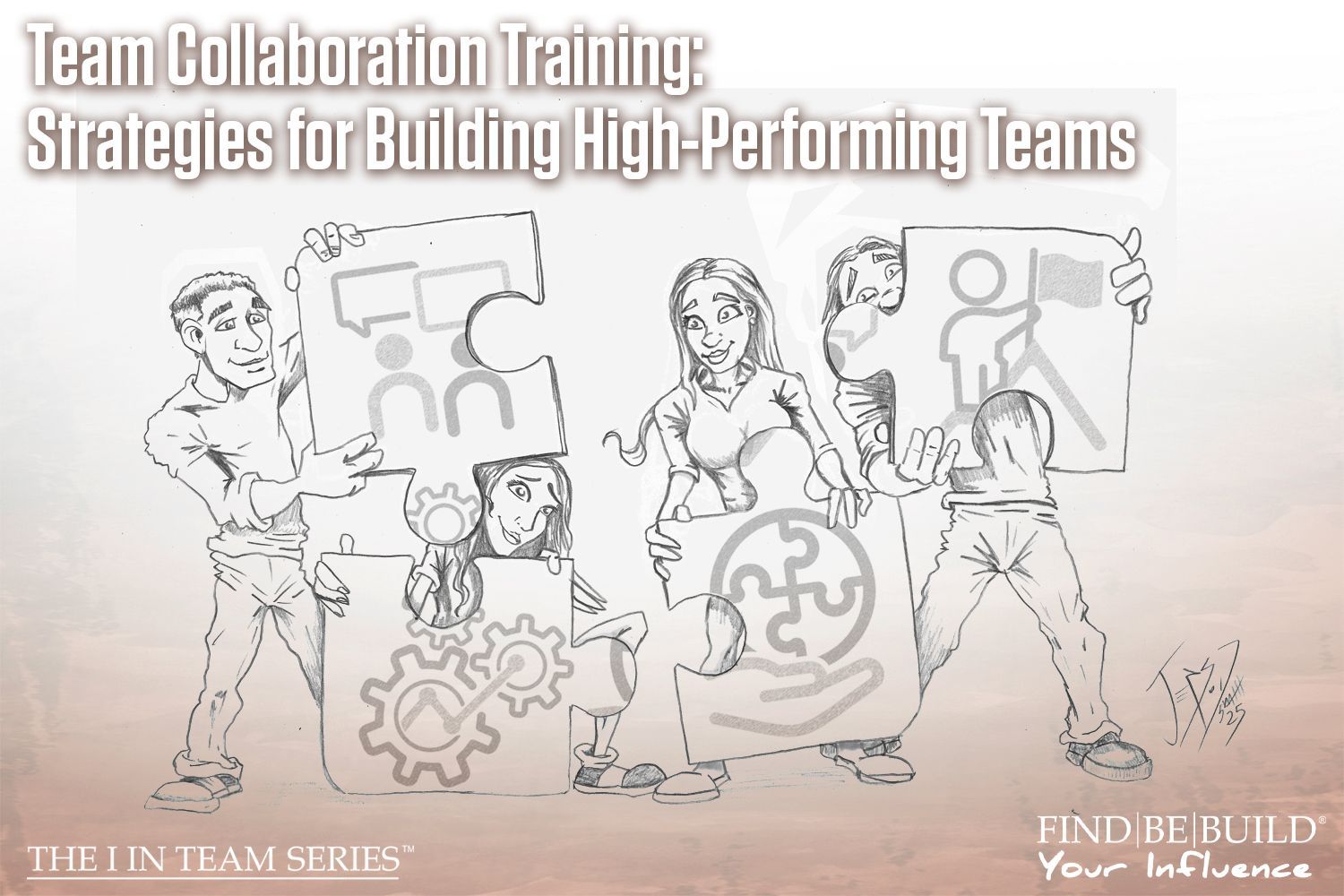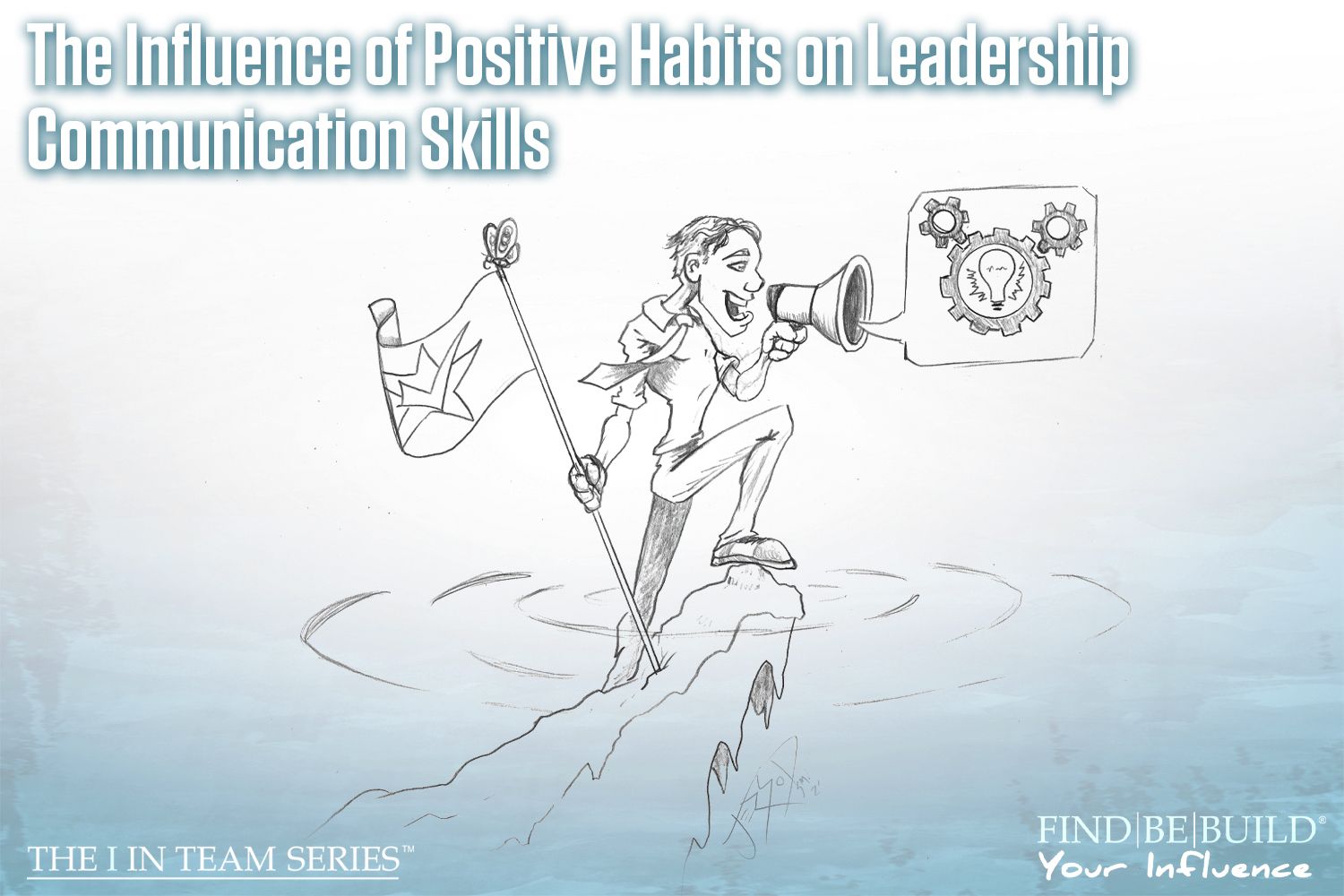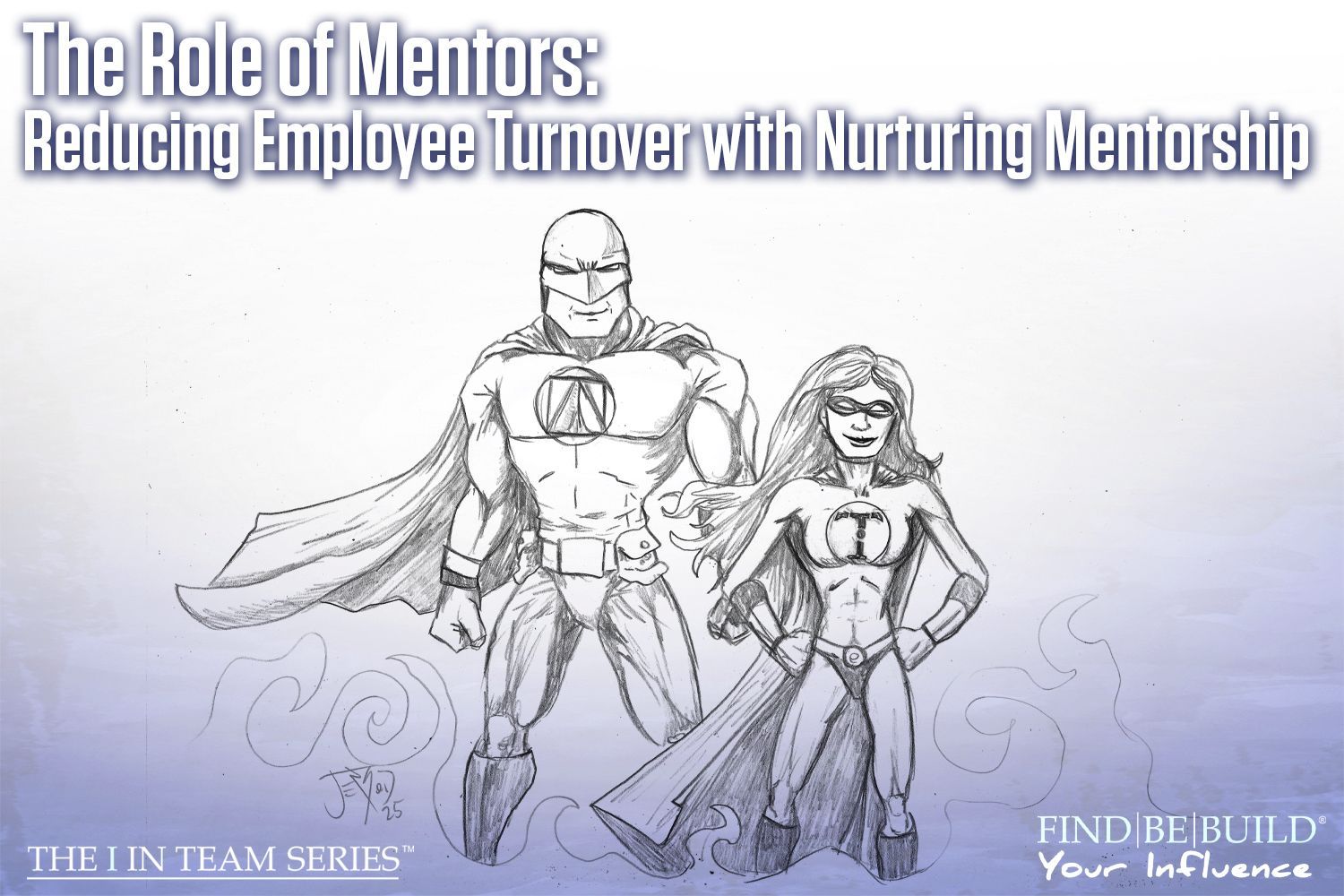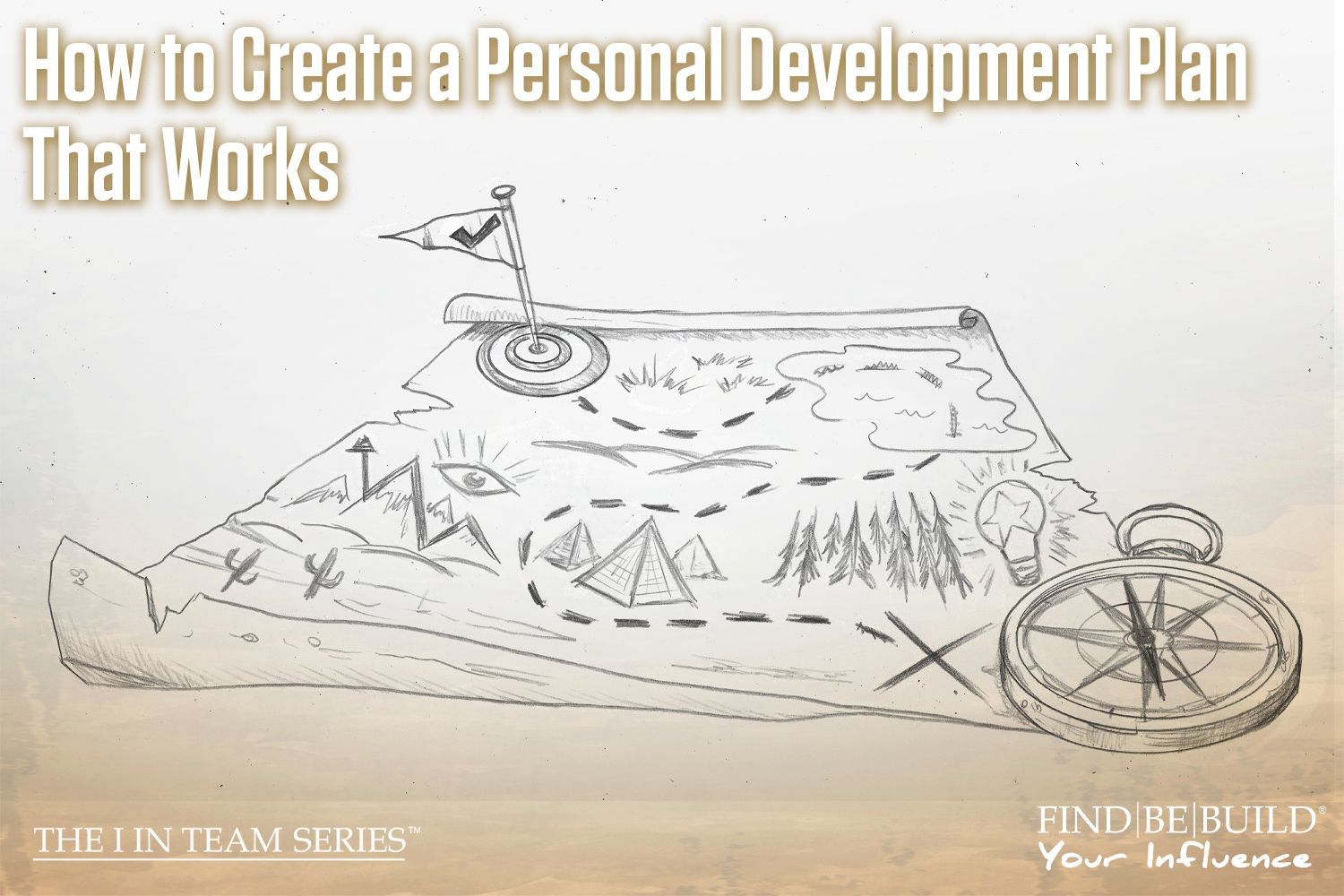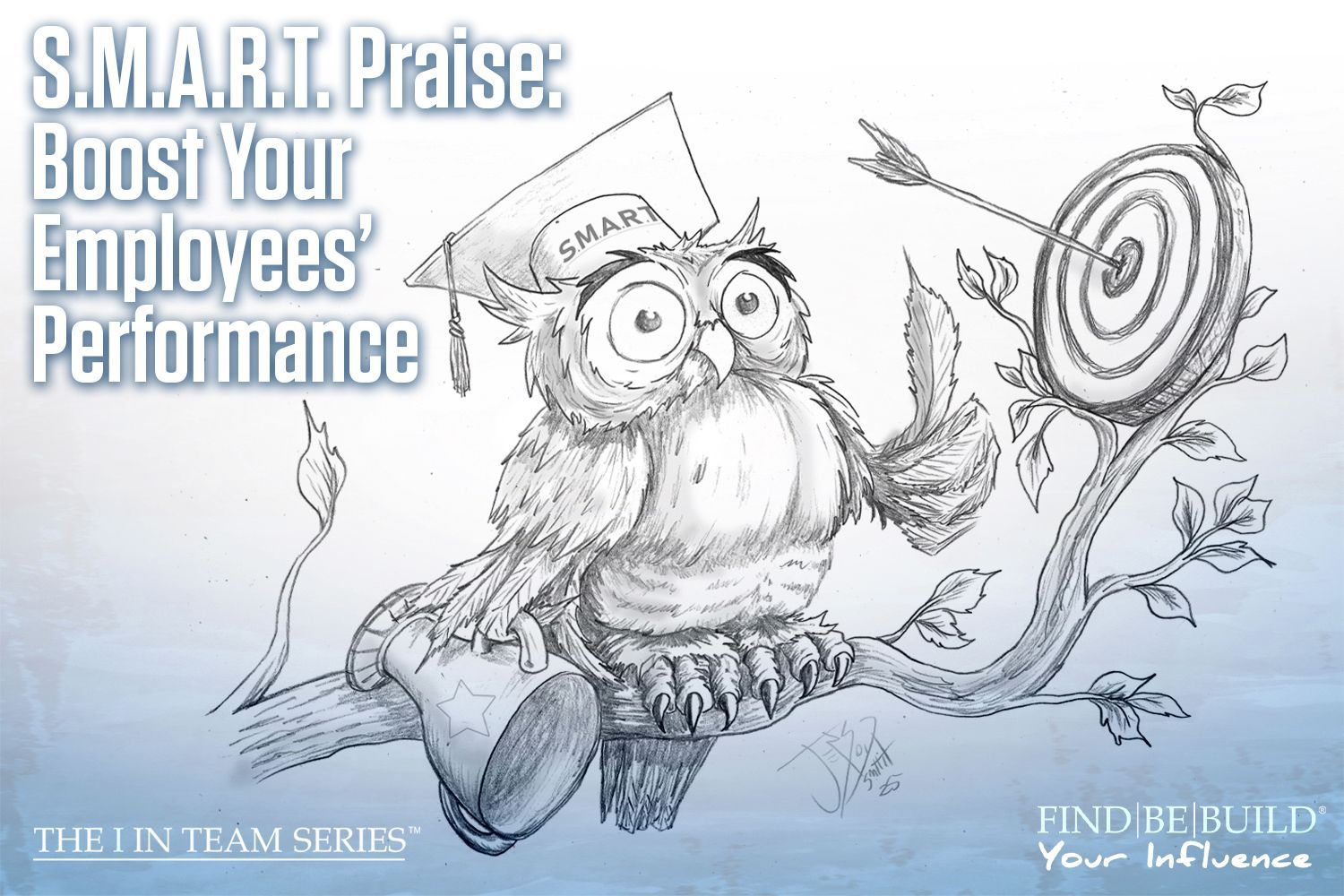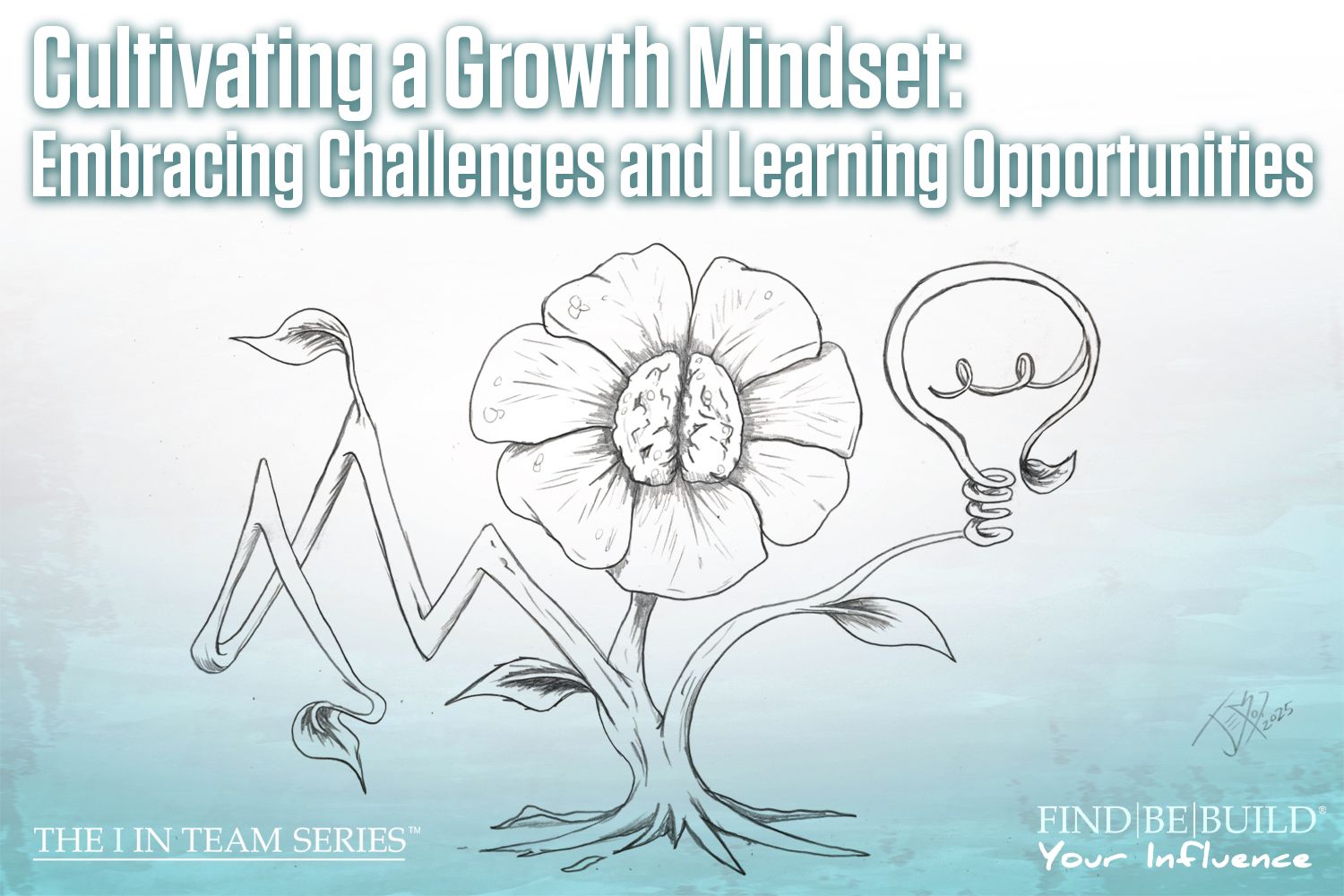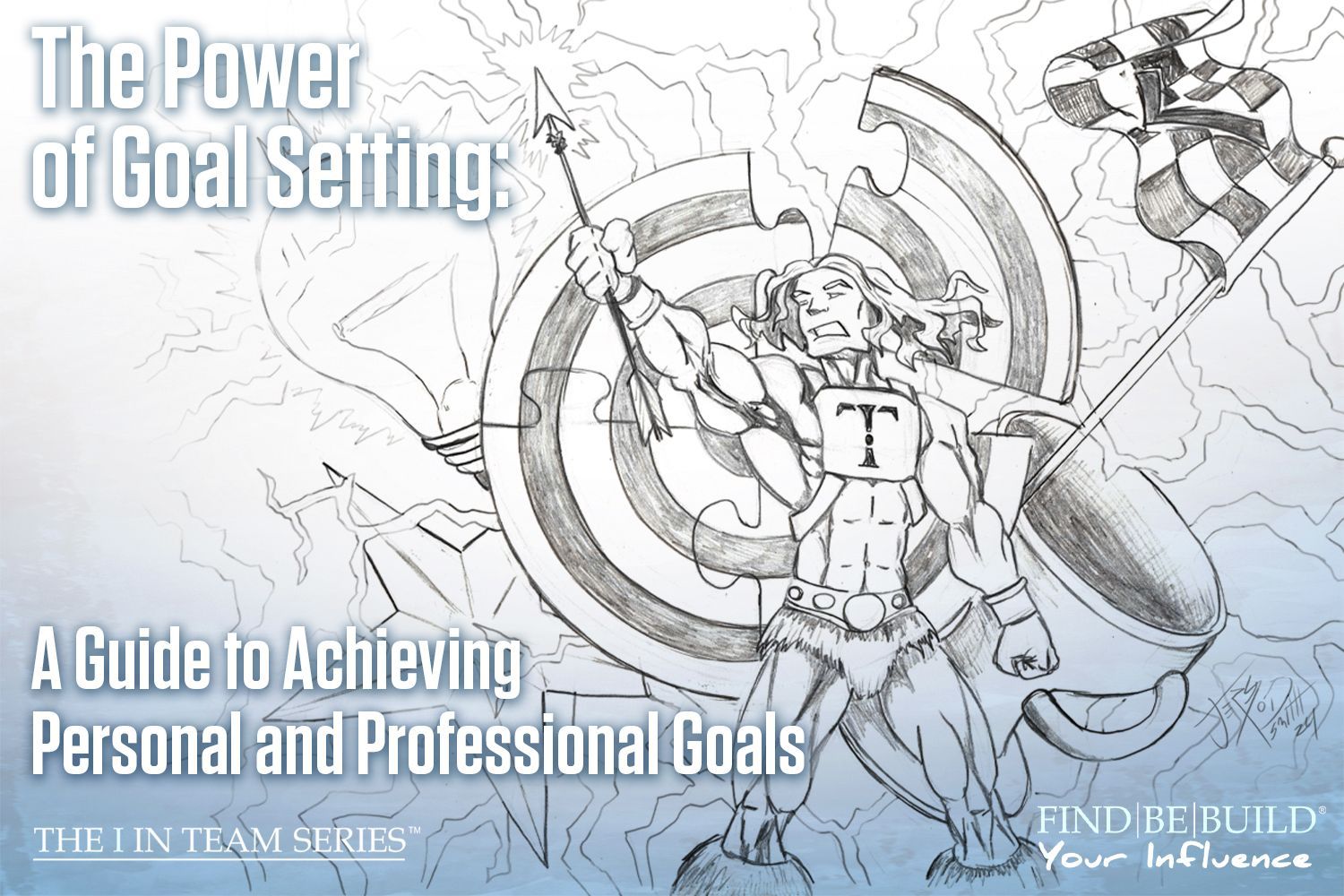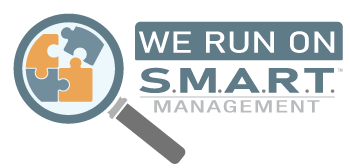Mindfulness In The Work Place
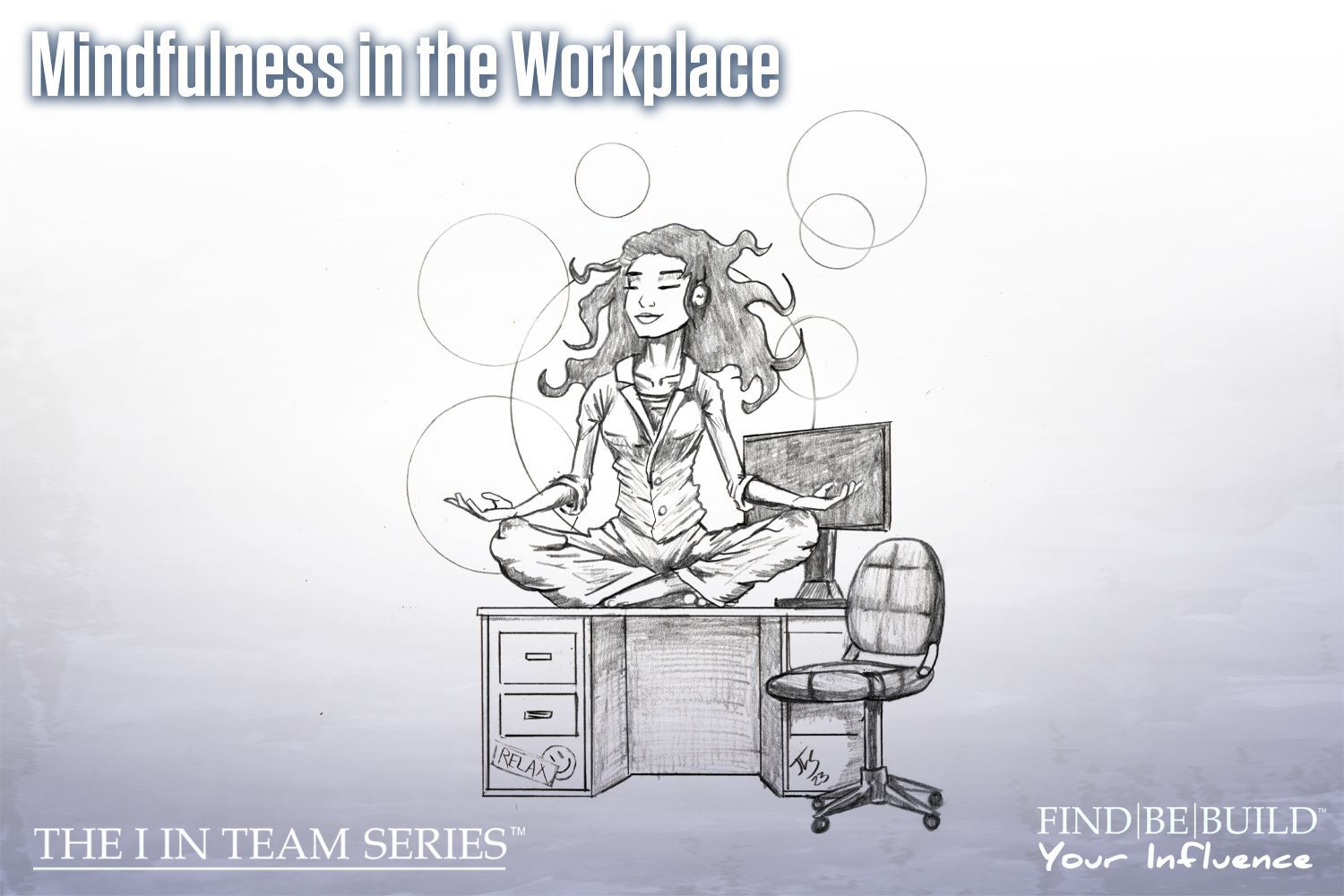
Mindfulness in business consulting
Mindfulness in the Workplace
Hi, team! It’s your friend, Mary, with the “I” in Team series where you can find, be, and build your positive influence. Mindfulness in the workplace is becoming increasingly more common and it’s easy to understand why. Practicing mindfulness can help to reduce stress, improve focus, and build positive culture by enhancing personal well-being; when we feel good, we have a positive influence. If you haven’t encountered what mindfulness is, here is a basic definition: Mindfulness is remaining conscious of the present moment as well as one’s own reactions to the present moment. If you would like to incorporate mindfulness into your work routine, look no further! Here are some practical tips for you.
Set an Intention
The purpose of setting an intention is to mindfully create a path for your day; this keeps you on task and guides your actions. Starting your day with an intention helps keep your mind anchored and gives you something to come back to if you start to feel stressed or anxious. Your intention can be a simple phrase or goal, whatever works for you. Some examples are below:
· I intend to finish X project today.
· I intend to be present and focused during all my meetings today.
· I intend to let go of the negativity associated with my failure yesterday and focus on the positive today.
· I intend to be helpful for my team during today’s event.
· I intend to take breaks and practice mindfulness in the workplace today.
Single-Tasking
It’s important to note early when discussing multitasking that we at the “I” in Team series do not believe multitasking is effective. It is our belief that more mistakes are made when multitasking, essentially dissolving the time saved. To practice mindfulness in the workplace, try single-tasking. By focusing on one task at a time, you are able to give it your full, undivided attention. In doing so, you might be able to think of better solutions, notice minute details, and (possibly) be more efficient than if you had decided to multitask. If you have too much work on your plate that drives you to multitask, consider asking for help. Single-tasking will improve the quality of your work.
Meetings
If you would like, you can start meetings with a quick mindfulness exercise to get everyone focused and into the present moment. Two mindfulness exercises that come to mind are taking a few moments for some alternate nostril breathing or you can do a short, guided meditation. In addition to starting your meetings with mindfulness, you can also run your meetings mindfully. Have a meeting schedule laid out and stick to it. Be aware of how much time you allocate to each task to ensure you do not go over the meeting time. This is being mindful of your team’s schedules.
Other Mindful Acts
There are a few other acts you can do to practice mindfulness in the workplace. First, when you take a break from work, consider taking a mindfulness walk. It’s best to do this slowly; focus all of your attention on taking slow steps. Notice how your feet feel, if there is a breeze, the sun on your skin, and any other small details. This is a refreshing way to clear your mind. Second, you can practice mindful eating. Eat slowly and savor each bite. Notice the texture, taste, and smell of your food. Finally, schedule a moment at the end of your day for a mindful reflection. By reflecting on the challenges and successes of your day, you create a sense of closure and transition more easily into personal time.
Bottom Line
Mindfulness is a skill that needs to be developed and practiced consistently. Incorporating small moments of mindfulness in the workplace can positively influence your well-being and productivity, spilling over into your team’s culture and affecting it positively. But beware: When taking a moment to be mindful during a break, you mustn’t work during that break. You must step away from your desk or close your eyes. Do not multitask mindfulness. If you can do this consistently, you will have a new, healthy habit.
